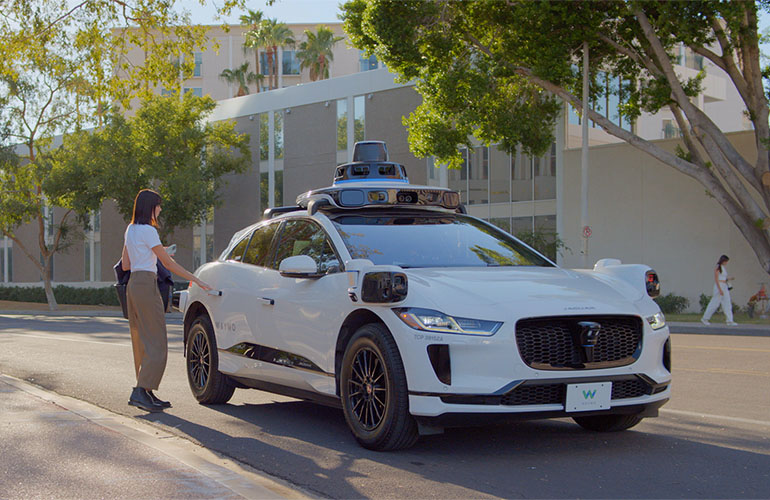|
Listen to this article  |

A Waymo autonomous vehicle. | Source: Waymo
An international research team at the Incheon National University in South Korea has created an Internet-of-Things (IoT) enabled, real-time object detection system that can detect objects with 96% accuracy.
The team of researchers created an end-to-end neural network that works with their IoT technology to detect objects with high accuracy in 2D and in 3D. The system is based on deep learning specialized for autonomous driving situations.
“For autonomous vehicles, environment perception is critical to answer a core question, ‘What is around me?’ It is essential that an autonomous vehicle can effectively and accurately understand its surrounding conditions and environments in order to perform a responsive action,” Professor Gwanggil Jeon, leader of the project, said. “We devised a detection model based on YOLOv3, a well-known identification algorithm. The model was first used for 2D object detection and then modified for 3D objects,” he elaborates.
The team fed RGB images and point cloud data as input to YOLOv3. The identification algorithm then outputs classification labels and bounding boxes and accompanying confidence scores.
The researchers then tested the performance of their system with the Lyft dataset and found that YOLOv3 was able to accurately detect 2D and 3D objects more than 96% of the time. The team sees many potential uses for their technology, including for autonomous vehicles, autonomous parking, autonomous delivery and for autonomous mobile robots.
“At present, autonomous driving is being performed through LiDAR-based image processing, but it is predicted that a general camera will replace the role of LiDAR in the future. As such, the technology used in autonomous vehicles is changing every moment, and we are at the forefront,” Jeon said. “Based on the development of element technologies, autonomous vehicles with improved safety should be available in the next 5-10 years.”
The team’s research was recently published in IEEE Transactions of Intelligent Transport Systems. Authors on the paper include Jeon, Imran Ahmed, from Anglia Ruskin University’s School of Computing and. Information Sciences in Cambridge, and Abdellah Chehri, from the department of mathematics and computer science at the Royal Military College of Canada in Kingston, Canada.
Credit: Source link


Comments are closed.